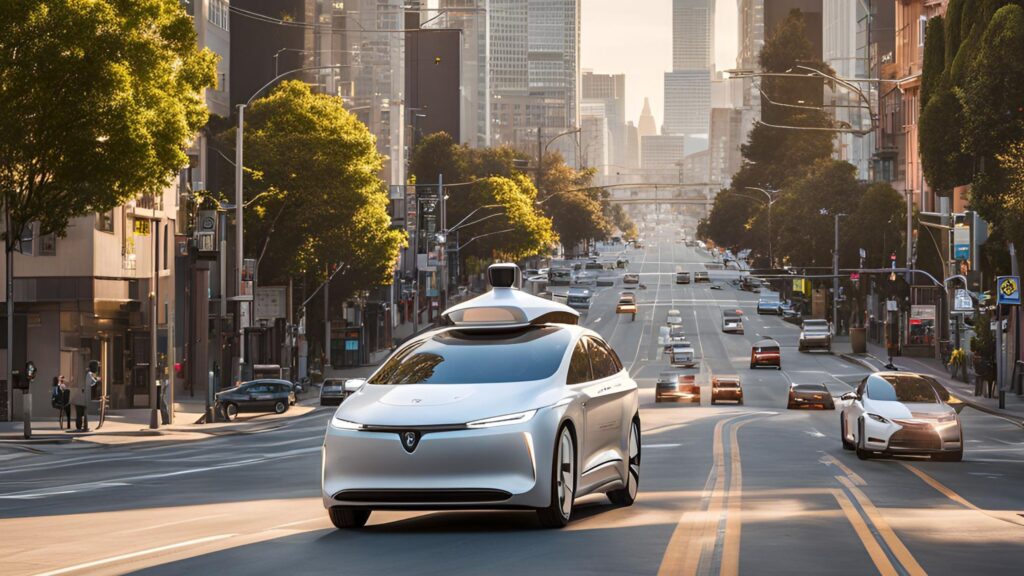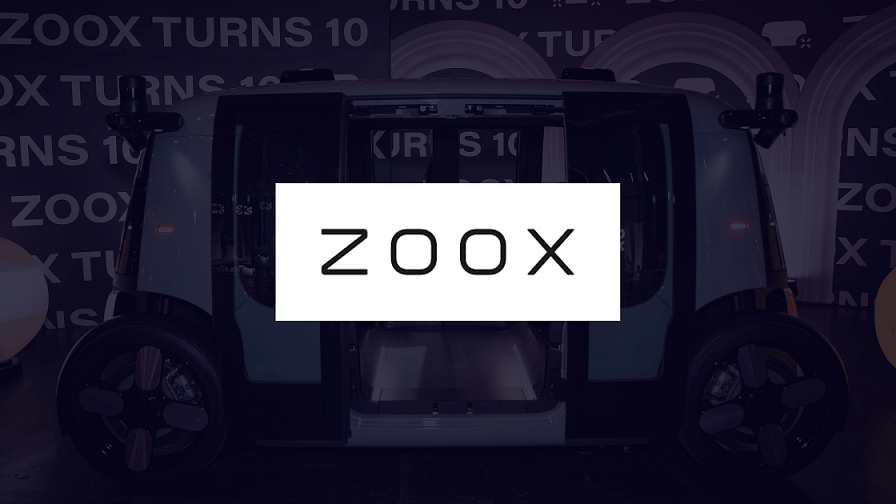The autonomous vehicle (AV) revolution has reached a pivotal moment, with robotaxis poised to become a transformative force in urban transportation. Kyle Vogt, co-founder and former CEO of Cruise and a pioneer in the AV industry, has raised crucial questions for new entrants into the robotaxi market—questions that highlight the complexities and opportunities of building a successful autonomous fleet. Kyle Vogt shared his thoughts ahead of Tesla’s “We, Robot” robotaxi event.
The Promise and Potential of Robotaxis
Robotaxis represent one of the most compelling applications of autonomous vehicle technology, offering a glimpse into a future where mobility is safer, more efficient, and more accessible. By eliminating the need for a human driver, robotaxis aim to reduce operating costs, lower transportation barriers, and significantly decrease traffic fatalities—94% of which are caused by human error, according to the National Highway Traffic Safety Administration (NHTSA).
This transformative potential is driving rapid growth in the AV market. The global robotaxi market is projected to grow at a staggering 136.8% compound annual growth rate (CAGR) between 2023 and 2030, reaching $66.6 billion by the end of the decade, according to Precedence Research. Companies like Cruise, Waymo, Zoox, and Tesla are at the forefront of this shift, pioneering technologies and business models that could make autonomous ride-hailing popular in cities worldwide.
What Makes Robotaxis Unique?
Robotaxis are unique because they blend cutting-edge artificial intelligence, real-time data processing, and advanced sensor technology to navigate complex environments without human intervention.
Kyle Vogt’s pointed questions underscore the need for operational resilience, safety, and regulatory compliance in robotaxis. For example, Vogt’s focus on collision detection, degraded system states, and emergency responder access highlights the rigorous testing and fail-safes required to deploy these vehicles at scale. His emphasis on local laws and liability reflects the complexities of operating in a regulated and litigious environment.
Kyle Vogt’s 15 Key Things to Look for from New Robotaxi Players
- Getting stuck – is there a method for remote operators to relocate unoccupied vehicles that are blocking traffic or emergency vehicles? What happens if there are no available remote operators and the vehicle becomes stuck?
- Detecting collisions – is there a high recall system that can detect collisions, including minor contact with cycles or pedestrians? Does this comply with local, state, and federal reporting requirements?
- AI override – is there a way for remote confirmation of critical, long tail decisions (is it safe to stop on these railroad tracks, was that a collision or not, is it ok to enter this emergency scene, is that officer telling me to stop)?
- First responders – is there a way to remotely unlock cars and provide access to first responders who need to relocate a stuck vehicle? Is there a training program in place? Is there live phone support?
- Connectivity dropouts – do these cars have Starlink, cellularly redundancy, or some other way to remain connected? What happens if telemetry is lost for an active but unoccupied vehicle and it gets stuck?
- Sensor cleaning – is there a way to clear blocked or dirty sensors? Are various forms of degraded performance detected and mitigated?
- Degraded states – in the event of a computer, sensor, or software failure, can the vehicle utilize a backup system to safely pull out of traffic or otherwise reach a safe stopping location? Is there coverage for all known or plausible faults? Will this work properly on highways where pulling over is not necessarily a safe option?
- Congestion control – will vehicle take diverse routes to avoid creating traffic jams? If 20 vehicles arrive at a busy concert venue is there any “air traffic control�? to ensure they don’t get stuck in a cluster?
- Emergency vehicle detection – do vehicles correctly pull over or yield to emergency vehicles? Can they traverse active emergency scenes when necessary or appropriate?
- Long tail detections – do they avoid flooded areas, downed power lines, wet cement, caution tape, crossing guard hand motions, open pits or manhole covers?
- Liability – who is at fault when a vehicle causes property damage or injury? Are there high recall data logging systems in place as needed to absolve the owner of liability when the other driver was truly at fault?
- Regulation and permitting – will these vehicles operate in states with public reporting requirements and meet all requirements? If vehicles do not have a steering wheel or traditional controls, will they be self-certified by Tesla as FMVSS compliant?
- Bad weather – does the system correctly degrade its performance in the event of sudden changes in weather? What happens if a trip is in progress when weather becomes severe? Will it refuse to operate if conditions are too severe?
- Pullovers – does the system avoid pulling over in bus stops, restricted areas, or in front of private driveways? What happens someone needs the car to be moved from their driveway?
- Local laws – does the system obey local traffic laws, and who pays the ticket if there is a violation?
Why 2025 is a Critical Year for Robotaxis
By 2025, the robotaxi market will likely witness significant milestones, fueled by technological advancements and increasing consumer adoption. A recent McKinsey study suggests that autonomous ride-hailing could account for 25% of all urban trips by 2030, with a focus on major urban centers like San Francisco, Phoenix, and Austin. At the same time, regulatory frameworks are maturing, with states like California implementing stringent safety and reporting requirements to ensure public confidence.
Industry leaders are optimistic about the sector’s trajectory.
“Robotaxis will redefine urban mobility by solving problems that traditional vehicles cannot address, from traffic congestion to emissions.”
Sebastian Thrun, founder of Google’s self-driving car project (now Waymo).
This optimism is backed by trends such as increasing investments in 5G connectivity, advanced AI algorithms, and fleet management systems designed specifically for autonomous operations.
As Tesla and other players gear up to expand their robotaxi offerings, the key to success lies in addressing the issues Kyle Vogt has outlined. From handling bad weather and avoiding traffic congestion to ensuring compliance with local laws, these challenges are not just technical—they are strategic. The winners in this space will be those who can deliver reliability, scalability, and safety at a competitive price point.
You May Also Like:
10 Intriguing Things to Know About Cruise
10 Amazing Things to Know About Waymo
10 Fascinating Things to Know About The Tesla Cybercab
Key Components of Autonomous Vehicles: A Complete Teardown

I’m Dr. Brandial Bright, also known as the AVangelist. As a dedicated and passionate researcher in autonomous and electric vehicles (AVs and EVs), my mission is to educate and raise awareness within the automotive industry. As the Founder and Managing Partner of Fifth Level Consulting, I promote the adoption and innovation of advanced vehicle technologies through speaking engagements, consulting, and research as we progress to level 5 fully autonomous vehicles.







